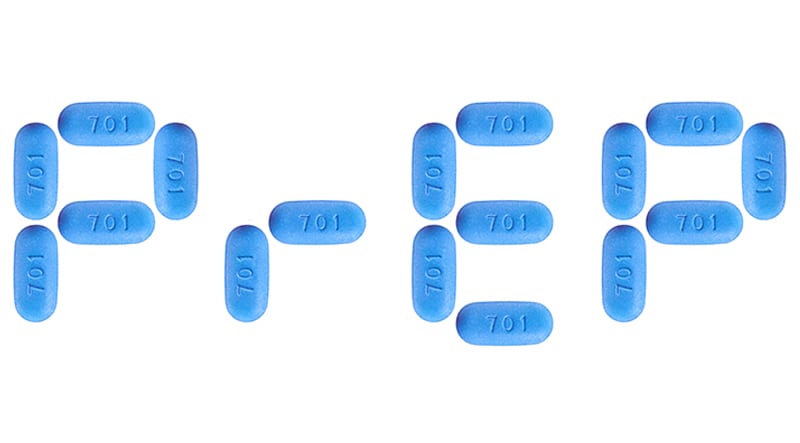HIV Preventative Care and PrEP
What is PrEP?
Pre-exposure prophylaxis (or PrEP) is when people at very high risk for HIV take HIV medicines daily to significantly lower their chances of acquiring HIV. A combination of two HIV medicines (tenofovir and emtricitabine), sold under the name Truvada® (pronounced tru vá duh), is approved for daily use as PrEP to help prevent an HIV-negative person from getting HIV from a sexual or injection-drug-using partner who’s positive. Currently, Truvada is the only PrEP medication approved by the Food & Drug Administration. PrEP is taken daily in pill form to reduce the risk of HIV infection in people who are HIV negative.
Studies have shown that PrEP reduces the risk of getting HIV from sex by about 99% when taken daily. Among people who inject drugs, PrEP reduces the risk of getting HIV by at least 74% when taken daily. PrEP is much less effective when it is not taken daily.
For more information about PrEP, call the National Pre-Exposure Prophylaxis Consultation (PrEPline) 1-855-HIV-PREP (1-855-448-7737) 9 a.m.-8 p.m. ET, Monday-Friday.
Effectiveness
Truvada for PrEP provides 92 to 99 percent reduction in HIV risk for HIV-negative individuals who take the pills every day as directed. Specifically, for people who take seven PrEP pills per week, their estimated level of protection is 99 percent. For people who take four PrEP pills per week, their estimated level of protection is 96 percent.
1 Pill Taken Daily

Efficiency rates for receptive anal sex
After your first seven days of consistently taking the prescribed PrEP dosage every day, PrEP provides the maximum level of protection from HIV for receptive anal sex. Beyond the first seven days, however, you must continue to take PrEP daily in order to maintain maximum protection.
Efficiency rates for vaginal sex
After the first 20 days of consistently taking the prescribed PrEP dosage every day, PrEP reaches maximum protection for receptive vaginal sex and injection drug use. Beyond the first 20 days, you must continue to take PrEP daily in order to ensure maximum protection.
No data are yet available about how long it takes to reach maximum protection for insertive anal or insertive vaginal sex.
Transgender PrEP PSA
Myth No. 1: PrEP is only for people frequently having sex with multiple partners
Due to PrEP being useful only to those who are sexually active, those who use PrEP are occasionally associated with promiscuity. In fact, whether you have only one sexual partner or several partners, daily use of PrEP reflects caution, self-discipline and a sense of responsibility. It demonstrates care and respect for your sexual partners and yourself.
Most insurance plans cover PrEP. If you aren’t covered by insurance, there are several patient assistance programs and alternative health care options that can assist you.
Like every other STD prevention method, PrEP is not 100 percent effective, and doctors are still conducting clinical trials to determine how condom use may affect individuals taking the medication. Also, PrEP does not protect the user from other sexually transmitted diseases (STDs). That’s why it’s important to continue using condoms even though your HIV risk may already be drastically reduced.
PrEP encourages a safe and respectful approach toward sexual intimacy. PrEP does not encourage sexual promiscuity. Long before PrEP’s arrival, consenting adults of every background regularly engaged in casual sex. PrEP specifically encourages precautionary sex.
Anyone taking a single pill on a day they plan to have sex will do little to decrease their risk of contracting HIV. PrEP simply does not perform like pain relief medication — it’s a matter of weeks before the preventative effects can accumulate. According to the CDC, receptive anal partners should the drug a minimal 7 days and vaginal partners 20 days before engaging in sex. An occasional missed dose will not reduce the drug’s effectiveness, but we recommend taking your PrEP pill every day.

